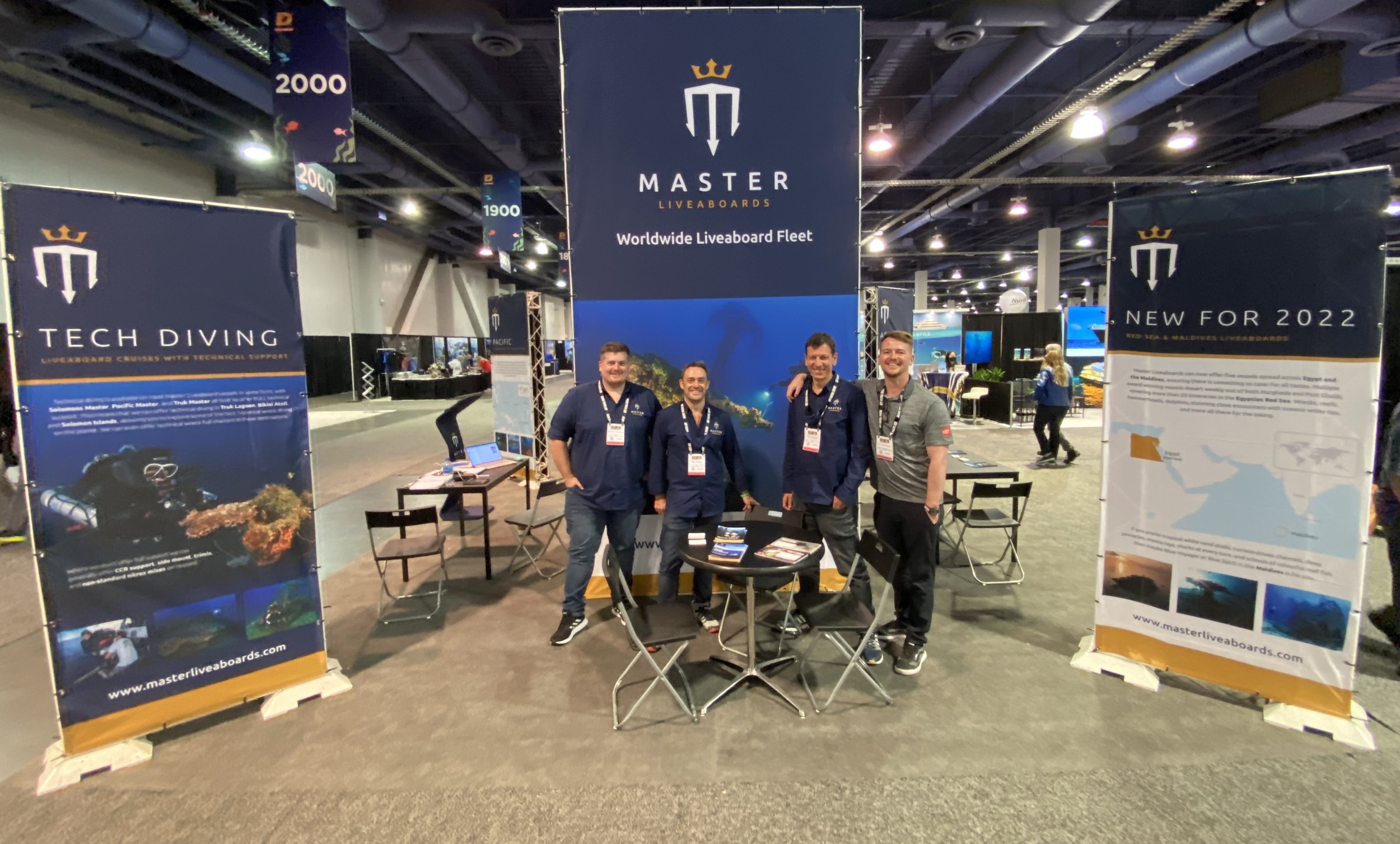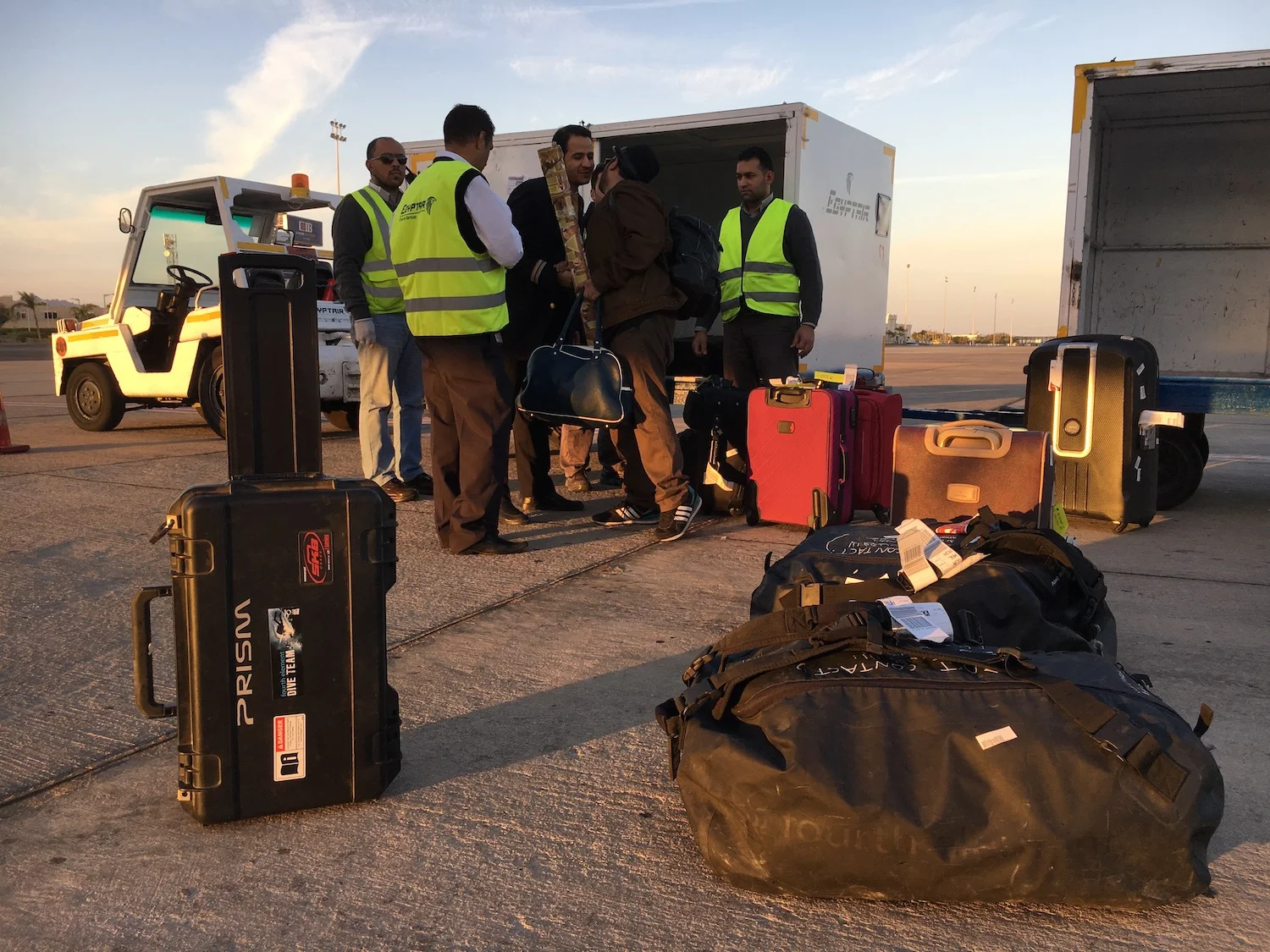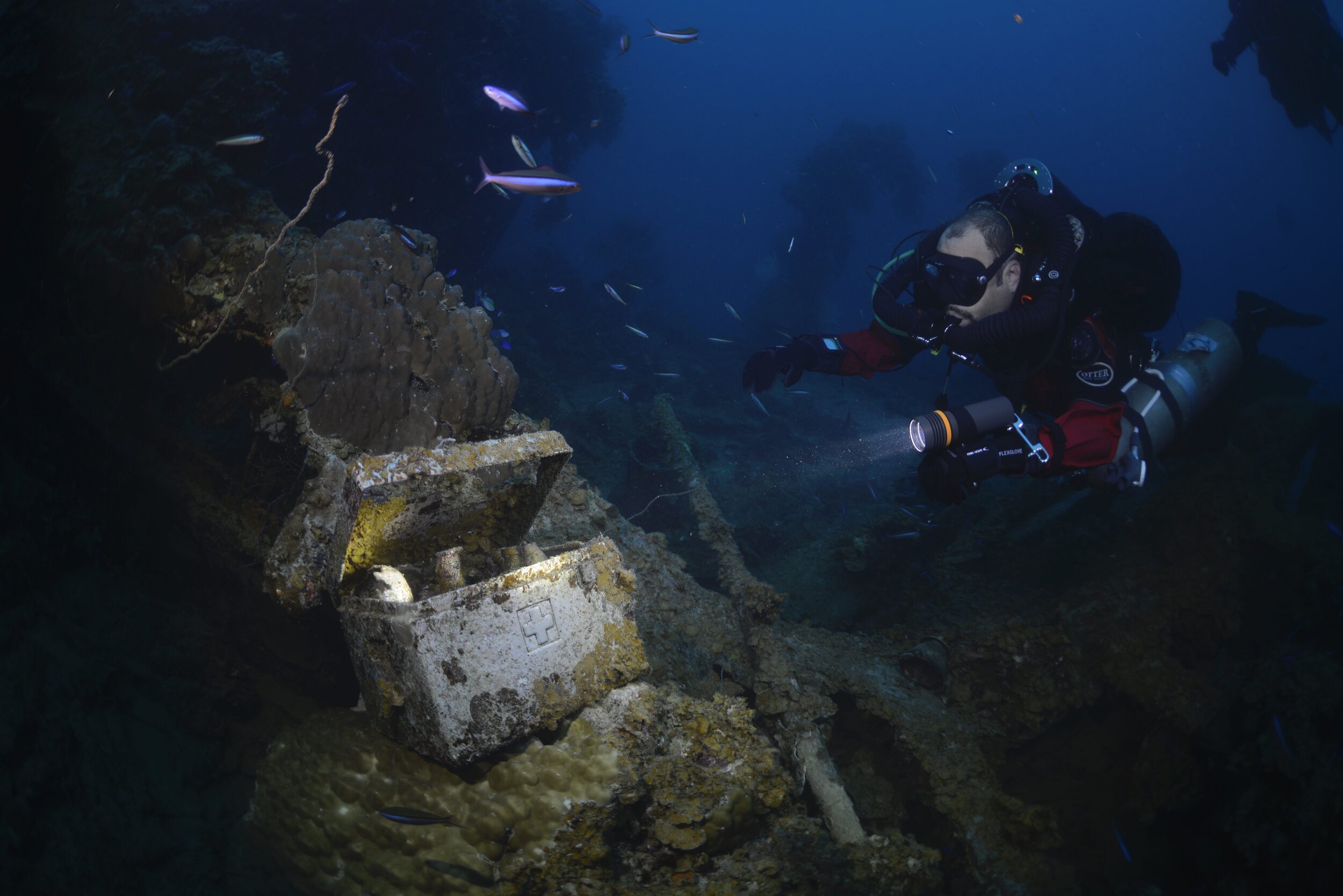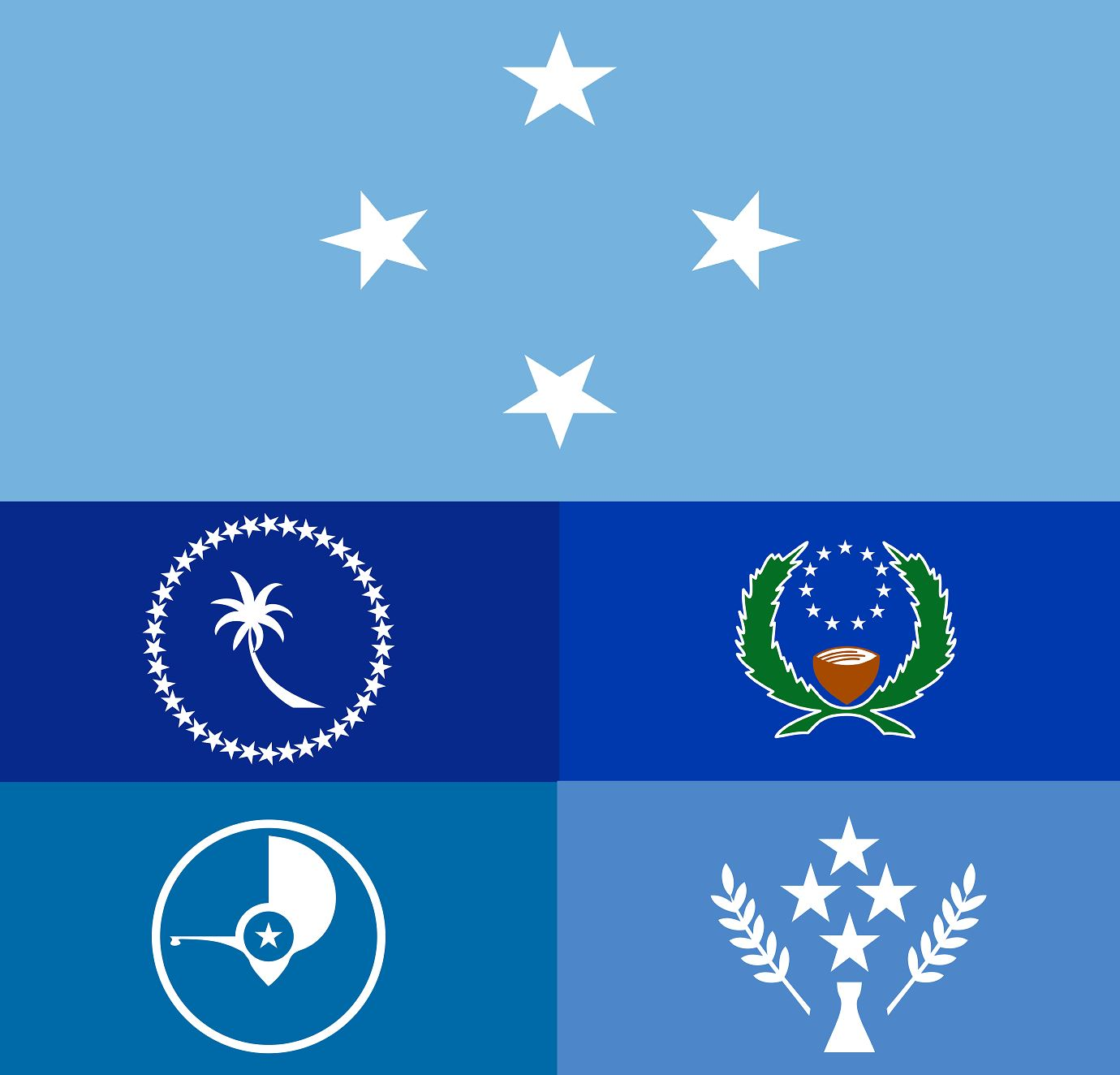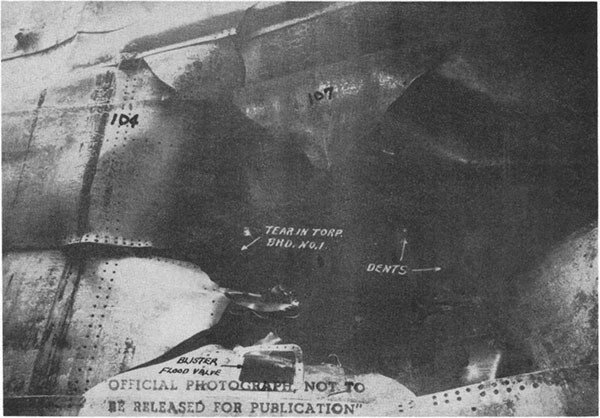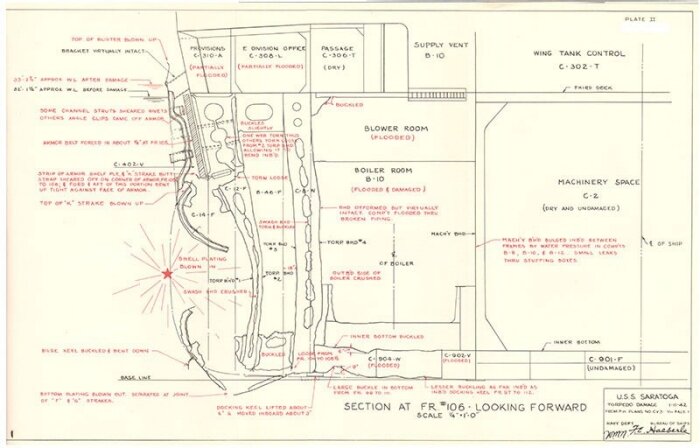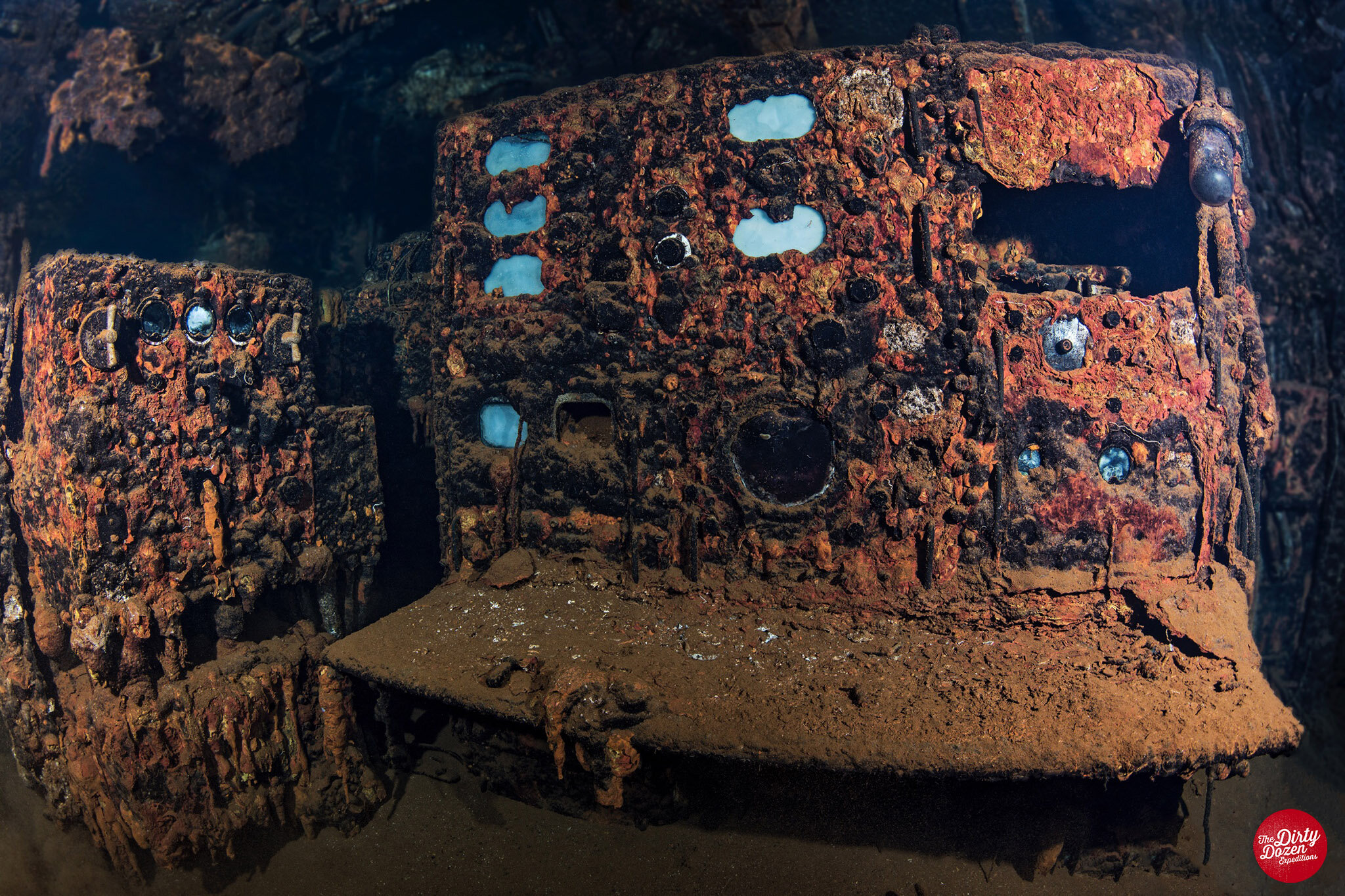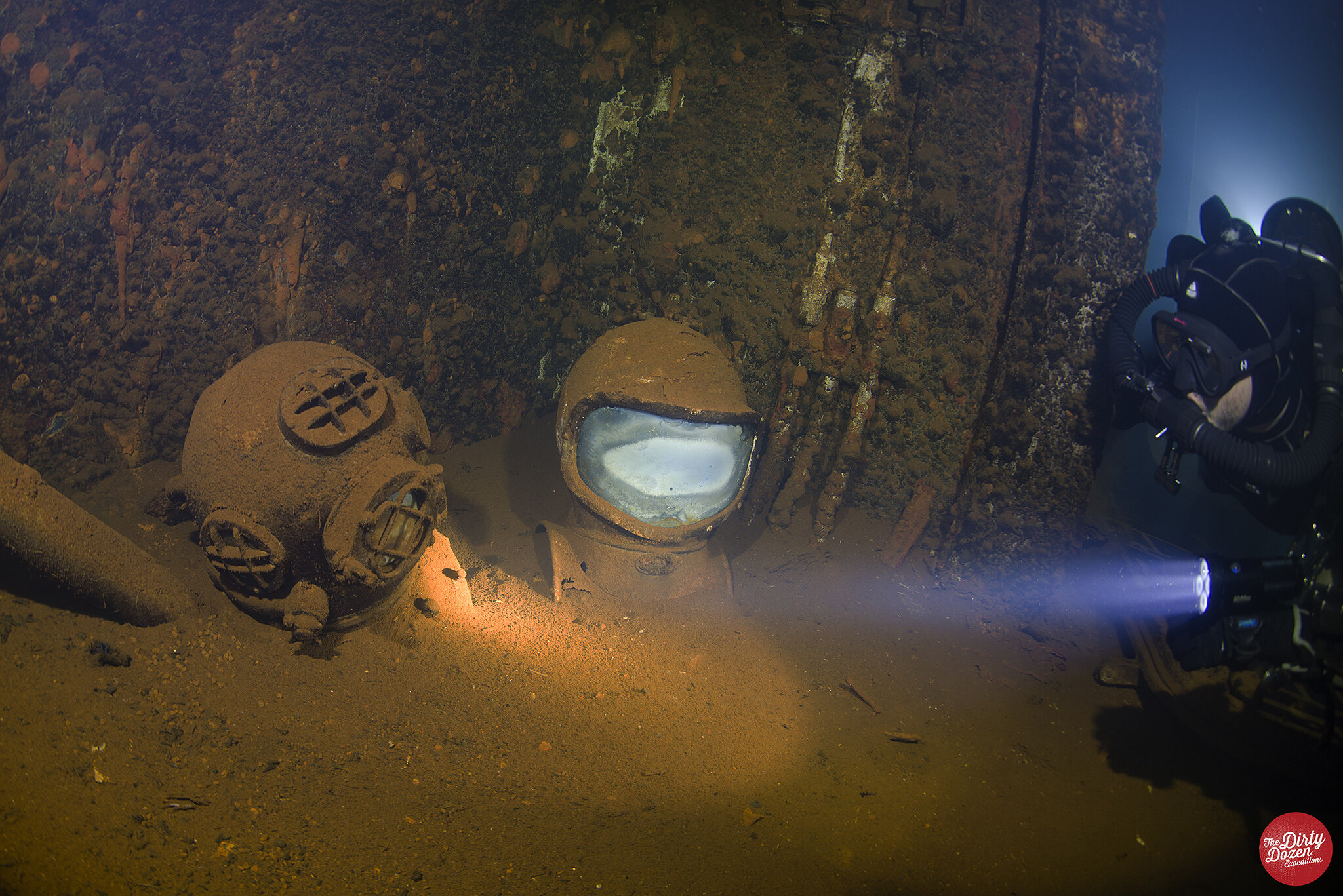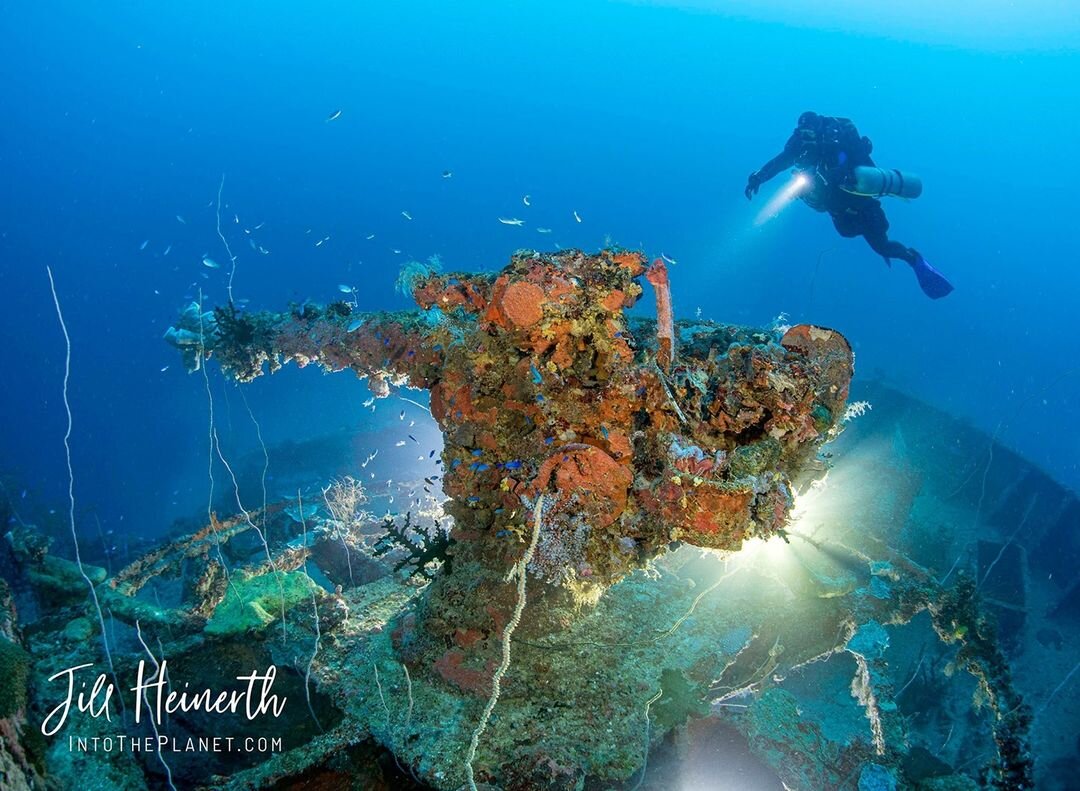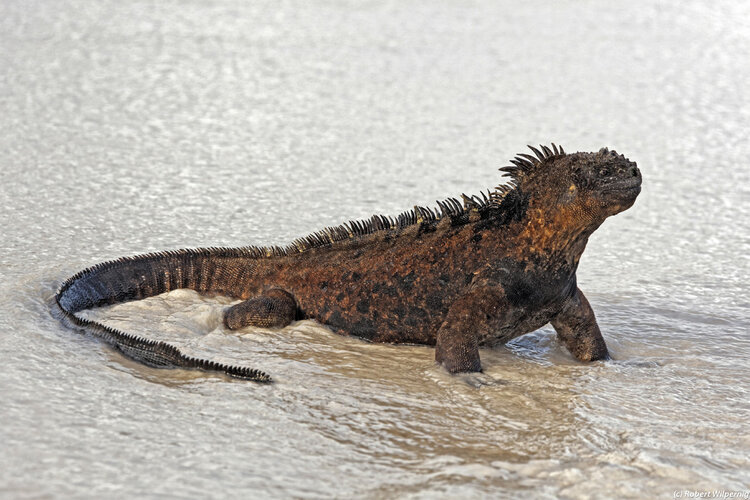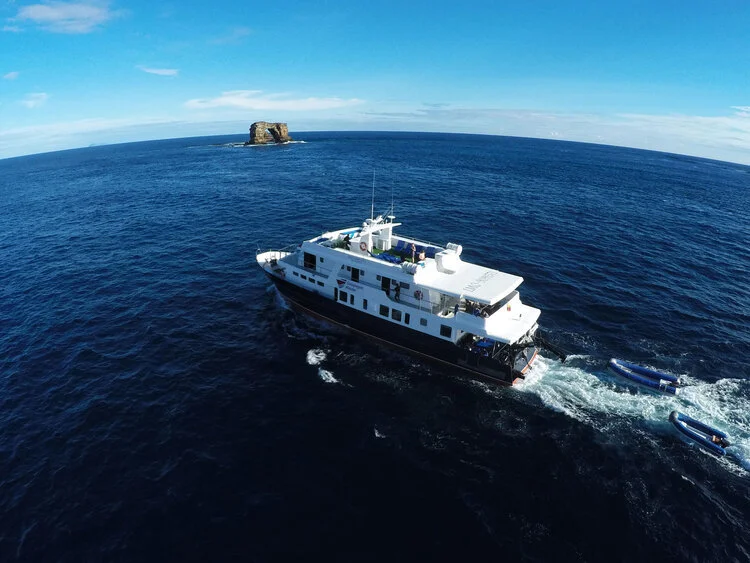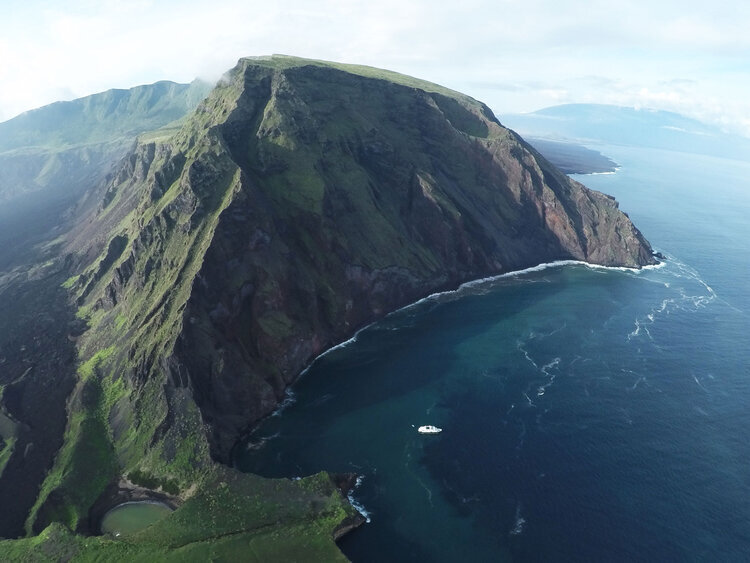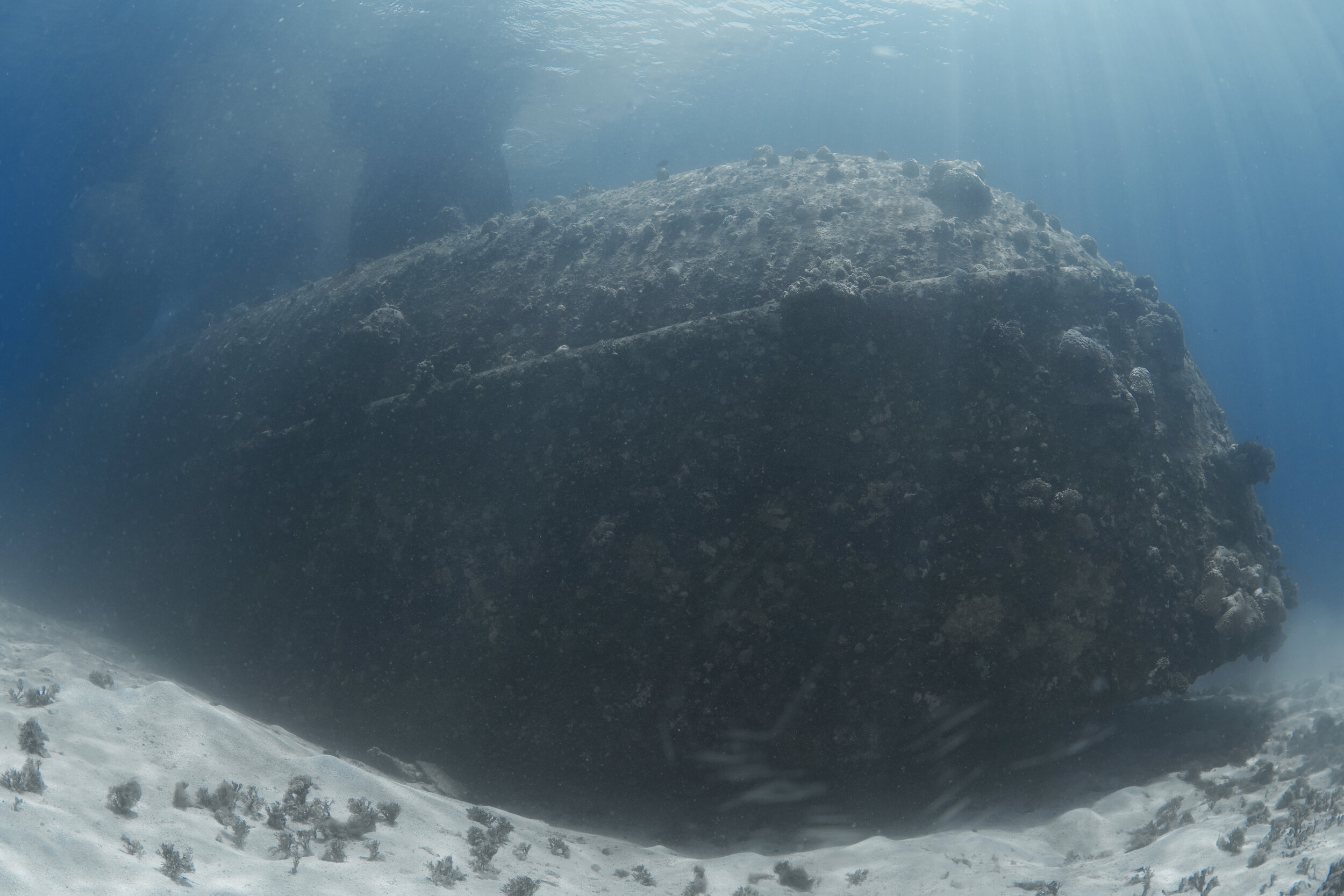Dirty Dozen has arrived at DEMA!
PRESS RELEASE REGARDING BLUE O TWO
The first major international dive show since early 2019 and, oh wow, we missed meeting our customers, partners, and friends across the diving industry. We cannot wait to see everyone again during this week. It has certainly been a very tough two years for the diving industry with many members of our diving family sadly having to hang up their fins.
Word is circulating rapidly that Blue O Two announced yesterday that it filed for “Administration” pursuant to British law, which is essentially a bankruptcy or insolvency proceeding by which a company attempts to reorganize and restructure its financial matters. I read Blue O Two’s press release with great sadness. Blue O Two has been providing first-rate diving holidays since 2003 and is credited with modernizing liveaboard diving in the Red Sea and elsewhere by building and operating award-winning boats.
In the early days of The Dirty Dozen Expeditions, it was the staff at Blue O Two, Master Liveaboards, and Worldwide Dive & Sail that helped me and the late Captain Martin Cridge to create the experience that you all know and love today. As Dirty Dozen Expeditions grew and expanded, it became a separate and completely independent company from Blue O Two, Master Liveaboards, and WWDAS, with separate finances with me as the sole owner of Dirty Dozen Group LLC.
Dirty Dozen Group LLC is not affected by Blue O Two filing for Administration. I know you have many questions because Dirty Dozen Expeditions uses Master Liveaboards for its diving holidays. While Master Liveaboards was affiliated with Blue O Two, it is a different company and tour operator. Master Liveaboards has not filed for administration and will continue to operate as scheduled hand in hand with Dirty Dozen Expeditions to Truk Lagoon, Bikini Atoll, and Galapagos.
If anyone in #teamdd has any questions or concerns, email me at info@thedirtydozen.org
Looking forward to seeing as many of you at DEMA and underwater as soon as possible.
Let’s get back to business!
Best,
Aron Arngrimsson
Founder
The Dirty Dozen Expeditions






